In the 2006 movie Island Etude (練習曲), a handsome young man with a guitar slung across his back rode his bike around Taiwan meeting a variety of interesting characters against a series of spectacular sceneries. Suddenly, everybody and their mum, including Ma Ying-jeou (馬英九), a candidate in the then-upcoming 2008 presidential election, was inspired to try the 1,000km circumnavigation of the island on two wheels.
At the end of 2015, the route received government sanction with the Ministry of Transport and Communications (MOTC) investing NT$1.2 billion (US$41.7 million at today’s rate) to link a dozen local cycle paths. This also helped bring the challenge to international attention, and led to local cycle stores offering quality bikes for rental and tour companies adding cycling options to their portfolios.
Another NT$3.2 billion was later earmarked for a four-year project of improvements and extensions, meaning that cyclotourists now have a plethora of routes to choose from, some sticking close to the coast, others presenting more challenging roads through inland foothills.
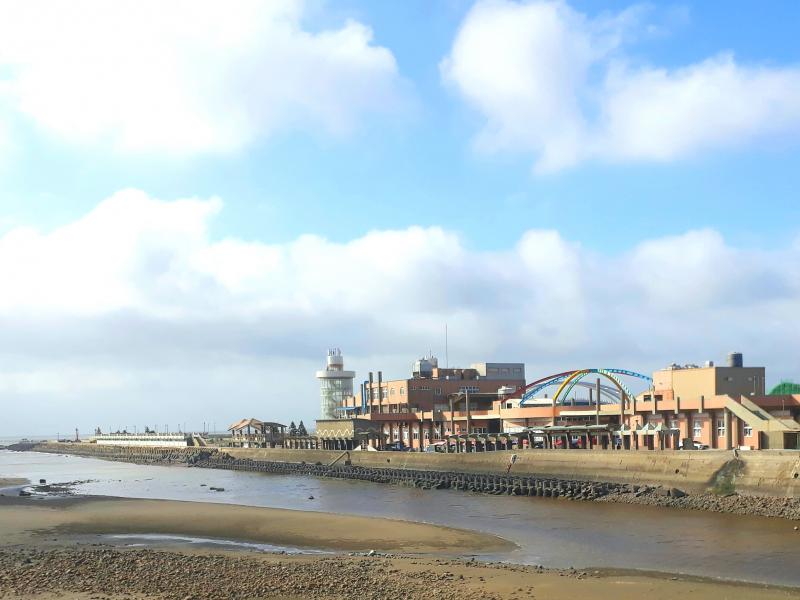
Photo: Mark Caltonhill
The first decision is whether to proceed clockwise or counterclockwise. The MOTC handbook Cycling Around Taiwan recommends starting at Songshan Railway Station (松山車站) in Taipei and traveling in a counterclockwise direction so “you can improve your fitness and become more skilled and comfortable on your bike before the more difficult sections.”
SUITED FOR ALL
If this makes it sound like unfit and inexperienced cyclists are encouraged to ride 100km in one day for the first time in their lives, and then repeat that for another 9 days, well, they are — since they are probably going to do it anyway. The round-island ride is almost a rite of passage for people graduating from university, or graduating from middle age.
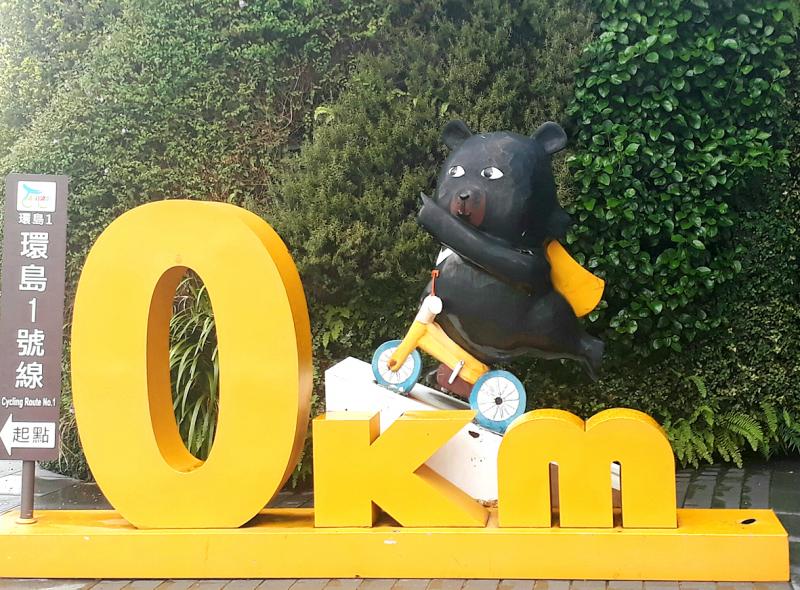
Photo: Mark Caltonhill
Most local cyclists tend to set off from their hometowns; a few cycle clockwise, perhaps to avoid riding too close to the sheer cliffs that tumble to the Pacific Ocean along the east coast. Many eschew downtown Taipei altogether, since a full lap takes them around the north coast. A popular starting point is, therefore, Guandu (關渡), where the coastal route comes closest to the capital.
A display board near the bright red, 88m-high Guandu Bridge states that it was constructed in 1983. Before that, anyone wanting to cross between Bali (八里) and Tamsui (淡水) had to use one of the ferries.
The first ferry is recorded as operating in 1742, and they still run today, albeit largely for holiday-makers. It is tempting to think that this explains the origin of Guandu’s name, since it means something like ‘ferry at the pass,’ the pass being the gap between Guanyinshan (觀音山) above Bali and Datunshan (大屯山) behind Tamsui through which anyone arriving by boat would enter. But in fact, like so many Taiwanese place names, it is merely a transliteration of Kantaw, the Plains Aborigines’ name for the area, originally written as 干豆, pronounced gandao in Hoklo (also known as Taiwanese).
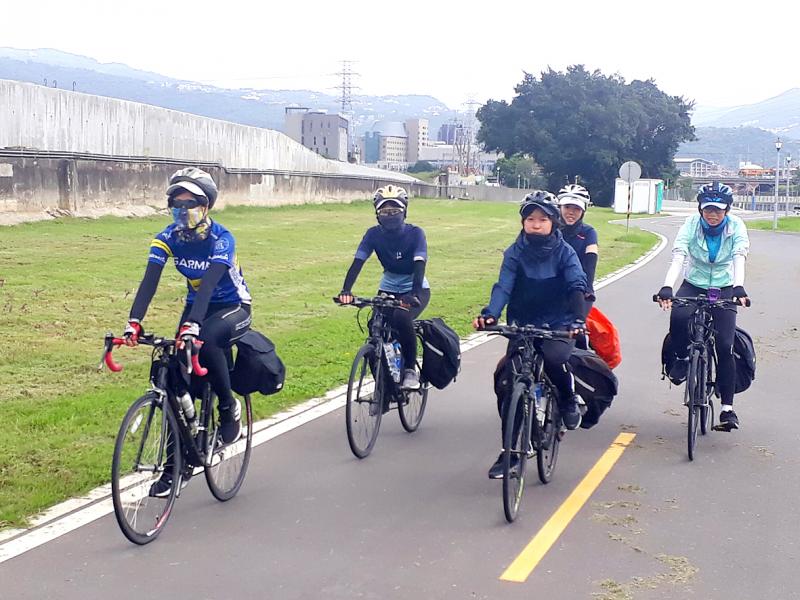
Photo: Mark Caltonhill
It’s probably too early for lunch, but if not, the She Family Mussel Restaurant (佘家孔雀蛤餐廳; no English sign) opposite the wharf is a good place for all things seafood.
BACK IN TIME
The Shihsanhang Museum of Archaeology (十三行博物館) 4km to the west is built on the site at which the first evidence of metal smelting was found in Taiwan. This indicated that the island’s prehistoric cultures started to transition from Late Neolithic Age to Early Metal Age around 1,800 years ago.

Photo: Mark Caltonhill
Knowledge of iron manufacturing made the local tribe wealthy, so a great many unusually fine artifacts were found in the hundreds of graves unearthed here when construction of a sewage treatment plant was started in 1989. It is well worth the NT$80 entrance fee.
Back on your bike, you will notice this route is signed as Round Island 1-1 (環島 1-1). This is because, as mentioned above, a considerable number of variations are on offer. The primary route (環島 1) goes from downtown Taipei to Sansia (三峽) and Dasi (大溪) with their historic/touristic old streets, before climbing across the foothills and into Hsinchu (新竹).
The coastal road, on the other hand, is flat and, due to prevailing northeasterly winds, can take your bike to rapid speeds. It is generally safe, however, as for long sections cars and trucks get to use an elevated expressway.
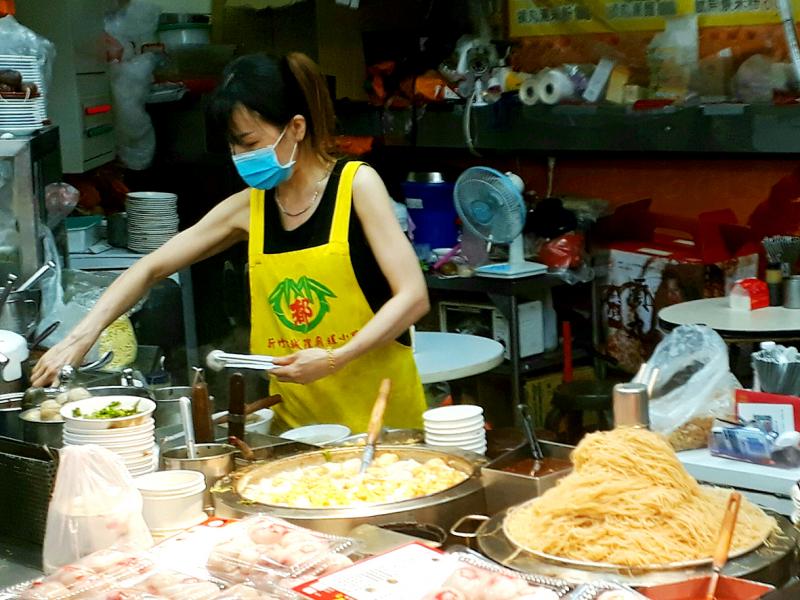
Photo: Mark Caltonhill
The two fishing harbors of Jhuwei (竹圍) and Yongan (永安) have been developed as tourist spots for selfies and snacks. Between them, the historic Baisha Cape Lighthouse (白沙岬燈塔) is worth a 10-minute diversion.
A visit to the Museum Pacific Cycles (太平洋自行車博物館) about 1km inland from Yongan will take considerably longer, however. For NT$300 you get to read about the bike history from the earliest German Laufmaschine of 1817 to the latest e-bikes, view more than 300 models including a vintage British penny-farthing, and watch a video about Pacific’s own models. Information is in Chinese, but an English-speaking docent is available for foreign groups.
Returning to the harbor, ignore the main road since there is a designated bike path from the car park that follows the coast and then cuts through the Xinwu Green Tunnel (新屋綠色走廊) to the Xinfeng Mangrove Nature Reserve (新豐紅樹林生態保護區). These are pleasant when quiet, but get very crowded on holidays, particularly with four-wheel, chariot-style rental bikes.
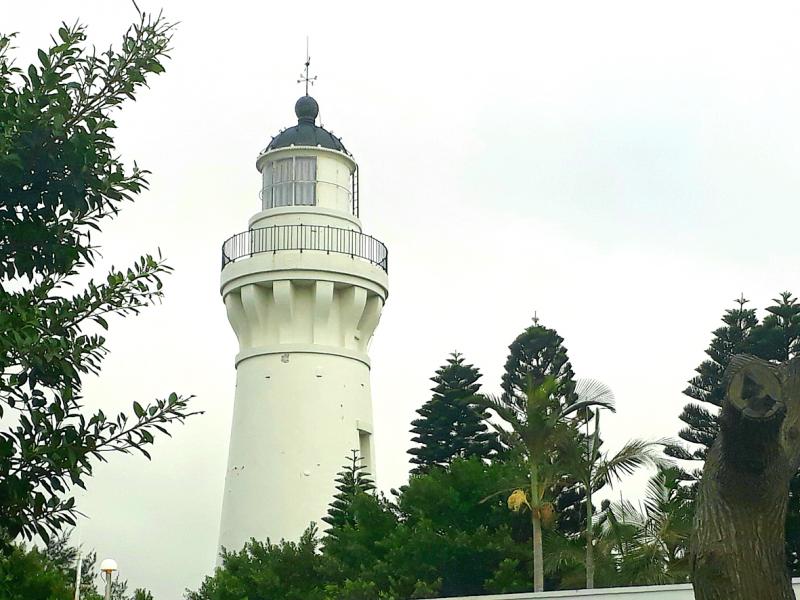
Photo: Mark Caltonhill
After around 7km, duck under the main road, and you’ll soon be offered the Township Road 1 (竹1). This will take you through a series of Hakka villages retaining many of the picturesque, original, red-brick houses.
Once back on the expressway it is just 7km till you cross the Toucian River (頭前溪) and enter Hsinchu City. Local delicacies include rice vermicelli (米粉) and meatballs (貢丸); both are found in abundance and a traditional setting at the night market beside the City God Temple (城隍廟). There is also a vegetarian restaurant in a lane to the west side.
Mark Caltonhill bikes, and writes, and writes about bikes.
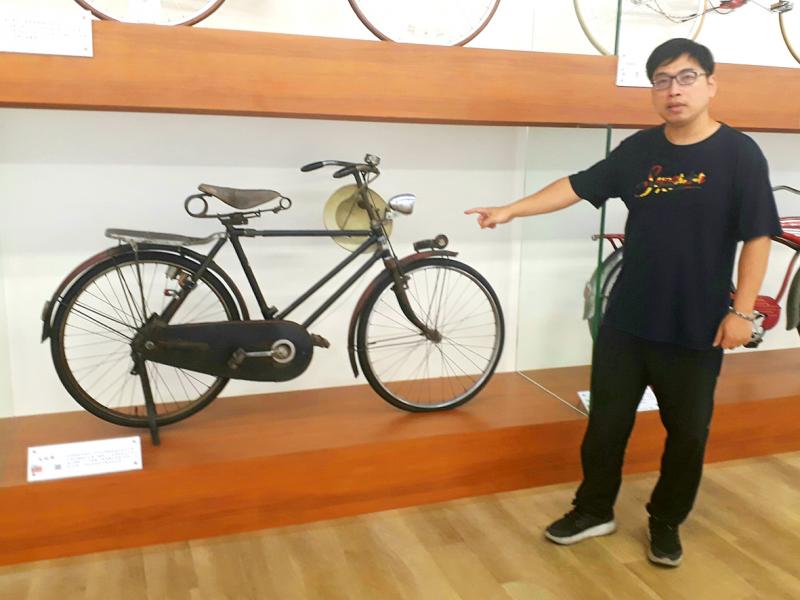
Photo: Mark Caltonhill
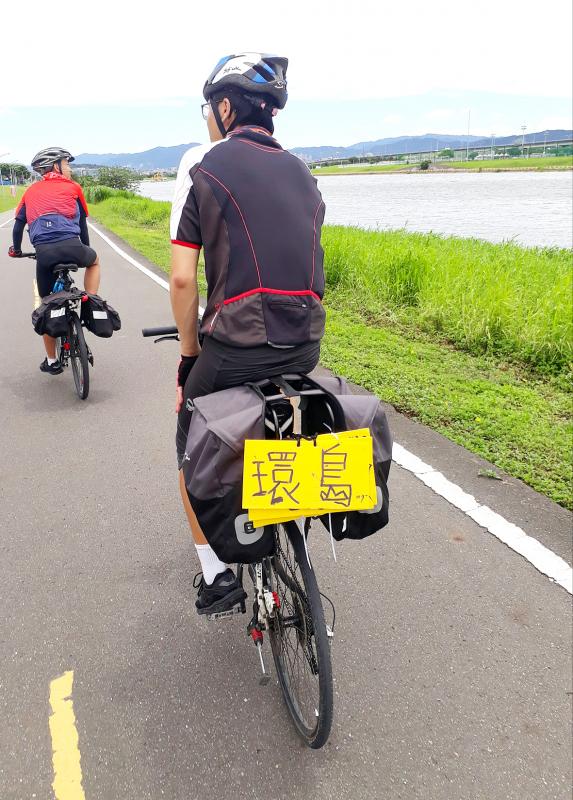
Photo: Mark Caltonhill
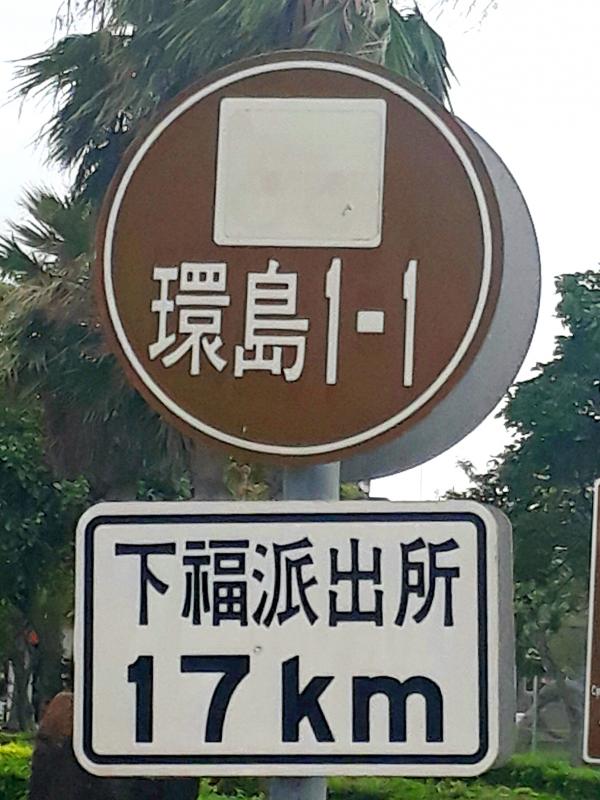
Photo: Mark Caltonhill
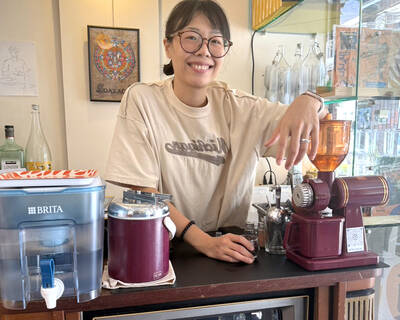
Cheng Ching-hsiang (鄭青祥) turned a small triangle of concrete jammed between two old shops into a cool little bar called 9dimension. In front of the shop, a steampunk-like structure was welded by himself to serve as a booth where he prepares cocktails. “Yancheng used to be just old people,” he says, “but now young people are coming and creating the New Yancheng.” Around the corner, Yu Hsiu-jao (饒毓琇), opened Tiny Cafe. True to its name, it is the size of a cupboard and serves cold-brewed coffee. “Small shops are so special and have personality,” she says, “people come to Yancheng to find such treasures.” She
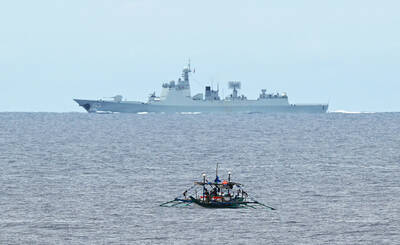
Late last month Philippines Foreign Affairs Secretary Theresa Lazaro told the Philippine Senate that the nation has sufficient funds to evacuate the nearly 170,000 Filipino residents in Taiwan, 84 percent of whom are migrant workers, in the event of war. Agencies have been exploring evacuation scenarios since early this year, she said. She also observed that since the Philippines has only limited ships, the government is consulting security agencies for alternatives. Filipinos are a distant third in overall migrant worker population. Indonesia has over 248,000 workers, followed by roughly 240,000 Vietnamese. It should be noted that there are another 170,000
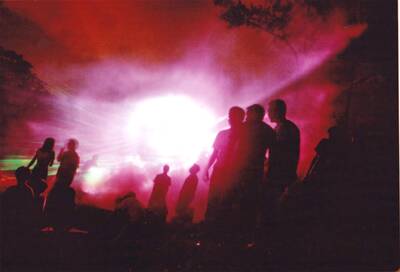
In July of 1995, a group of local DJs began posting an event flyer around Taipei. It was cheaply photocopied and nearly all in English, with a hand-drawn map on the back and, on the front, a big red hand print alongside one prominent line of text, “Finally… THE PARTY.” The map led to a remote floodplain in Taipei County (now New Taipei City) just across the Tamsui River from Taipei. The organizers got permission from no one. They just drove up in a blue Taiwanese pickup truck, set up a generator, two speakers, two turntables and a mixer. They

Hannah Liao (廖宸萱) recalls the harassment she experienced on dating apps, an experience that left her frightened and disgusted. “I’ve tried some voice-based dating apps,” the 30-year-old says. “Right away, some guys would say things like, ‘Wanna talk dirty?’ or ‘Wanna suck my d**k?’” she says. Liao’s story is not unique. Ministry of Health and Welfare statistics show a more than 50 percent rise in sexual assault cases related to online encounters over the past five years. In 2023 alone, women comprised 7,698 of the 9,413 reported victims. Faced with a dating landscape that can feel more predatory than promising, many in